Flexible cementitious waterproofing.
Waterproofing has become one of the major requirements for new construction, maintenance or renovation of buildings as it ensures moisture control, protects the health and increases the home value. Many waterproofing contractors prefer the flexible cementitious waterproofing method as it can be easily installed and within the available budget.
This powder mix is flexible and a specially modified high-grade polymer that can be mixed with Portland cement to provide superior water protection to the concrete surfaces.
What is Flexible cementitious waterproofing?
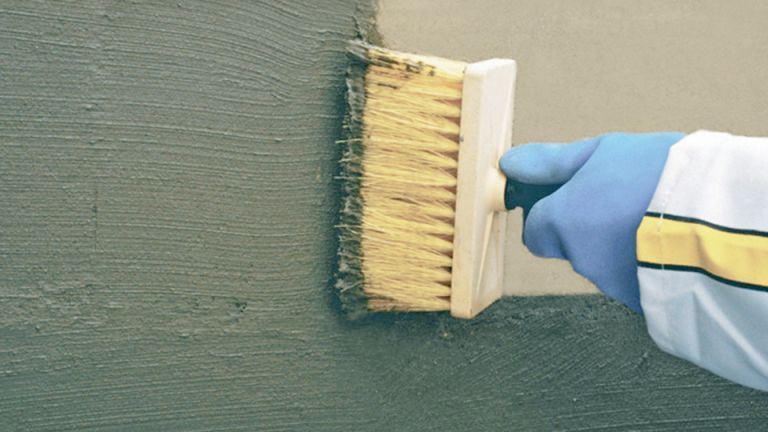
A Flexible cementitious waterproofing system is a two-part cement-based acrylic modified polymer, which is highly flexible and gives an elastic waterproof coating. Its resilient property helps to take care of the linear movement of the concrete surface that is caused due to expansion and contraction. It also has a good affinity to concrete surfaces and provides strong bonding strength.
Benefits of using the flexible cementitious waterproofing
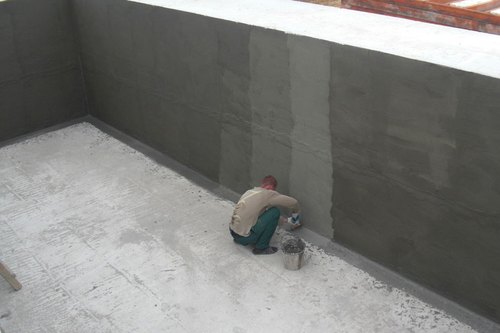
- It is very simple to use the cement mixture based on the manufacturer’s ratio of mixing powder and water.
- It is affordable in cost and efficient in terms of resistance to abrasion, corrosion and harsh weather elements like heat, rain, and frost.
- It can be applied either as a positive or negative side waterproofing.
- It has a good adhesiveness to porous and non-porous surfaces as well as for old and new concrete structures.
- The coating protects the substrate from the chemical attacks like acid gases and chlorides.
- The coating is also breathable, which does not trap the water vapour transmission.
- The cementitious waterproofing products are readily available in any hardware store and or masonry supply shop.
- After the application process with the cementitious coating, we can improve the visual appeal by applying a paint coat over it.
- It’s the best solution to avoid water penetration through pores and hairline cracks of the substrate.
Cementitious waterproofing is more frequently used for,
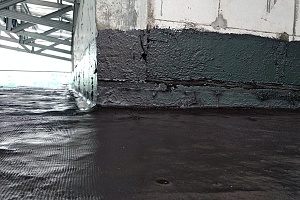
- Interior and exterior structural waterproofing of concrete.
- It can be used for underground structures, roofs, and decks.
- It helps to protect highways and coastal structures.
- The other application areas are dams, sewage systems, tunnels, parking structures and lots, marine cargo ports & docks, basements, water treatment plants, and railway systems.
Three methods of the application process:
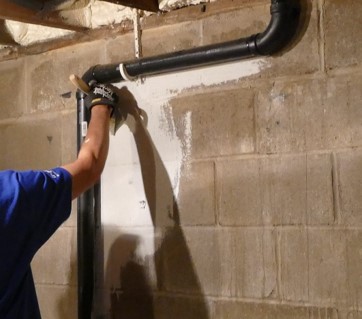
The different surfaces will need the different methods of the application process and all these methods are effective in delivering a good adhesion over the substrate.
Spraying Method: The spraying equipment is preferred for the application of coating due to its precise finish and efficiency. It is also faster to use a spraying technique compared to the trowel and brush method.
Trowel Method: Using a handheld trowel, the application of the coating is done by spreading the coating using the trowel.
Brush Method: The typical brush technique uses the stiff-bristled brush to have a uniform coating of cementitious waterproofing layer over the substrate.
Different types of Cementitious waterproofing products :
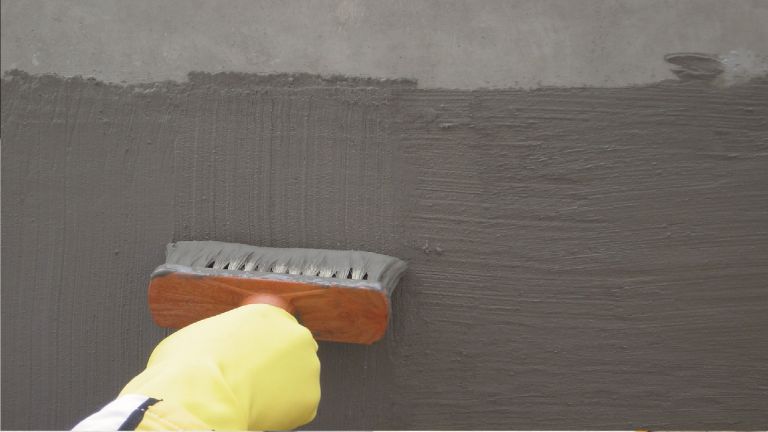
Two-component modified acrylic polymer-based coating: An acrylic polymer-based coating provides an excellent water-resistant barrier to both the positive and negative pressures under 100 m and below ground structures.
Rapid-setting hydraulic cement: This compound is ready to use, and it was only the addition of water to instantly stop the active leaks like the running water and seepage in masonry or concrete.
Cementitious waterproofing slurry: This component comprises a liquid polymer and cement paste mix with special additives called slurry to waterproof the concrete and masonry structures.
Cementitious waterproof plugging compound: This is a rapid setting compound to stop the water ingress and can be used internally and externally as a waterproof plugging mortar.
Its application method :
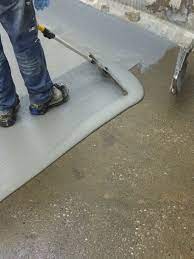
- Surface Preparation - The surface should be cleaned and free from oil, grease, dust, dirt, mill scale, and other foreign chemicals. The manufacturers recommend the surfaces to be lightly sandblasted or acid-etched to ensure the best adhesion to the substrate and 100 % waterproof.
- No primer - The cementitious systems do not require priming of a substrate before the application process.
- Smoothing - The surface must be smoothened, and the coating should be applied immediately.
- Two coatings - The cementitious waterproof coating is applied in two coats once the preparatory work is complete. The first coating includes the manufactures material while the second coating includes a cement-sand mixture along with chemical and metallic elements. The application of the coating is done using a trowel, spray, or casting.
- Intercoat - If the substrate lacks adhesion, then an inter-coating is done using a cement-sand mixture for extra protection.
- Finishing - 2 in 1 concrete carpet, topping, tile, or other finish is applied over the membrane.
- Curing - Proper drying must be done for at least 24 - 48 hours for best results.
The average cost of flexible cementitious waterproof coating ranges from Rs. 25 / sq. ft to Rs. 35 / sq. ft. So, this method is highly preferred by homeowners and contractors for the longer durability of reinforced concrete.